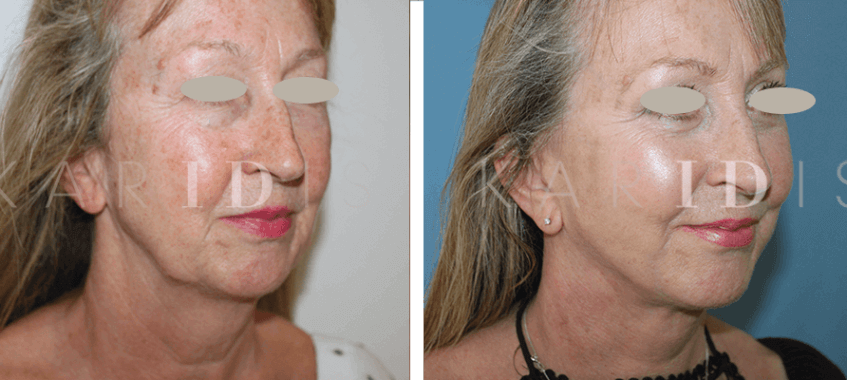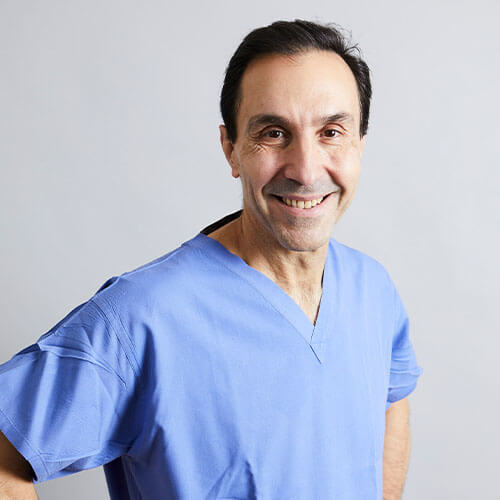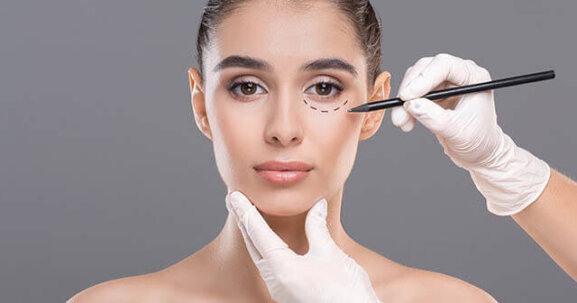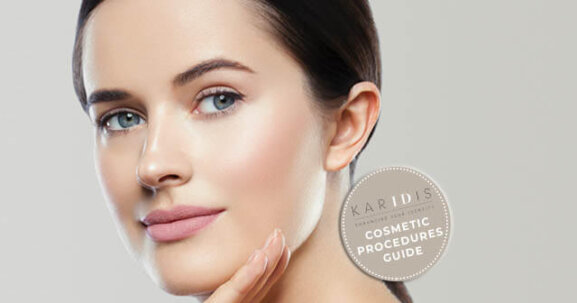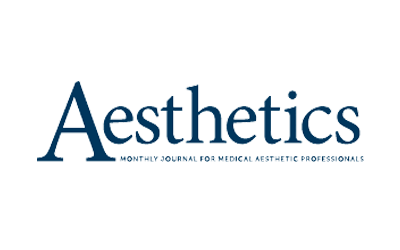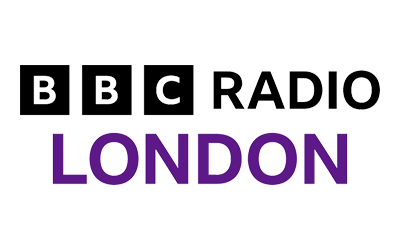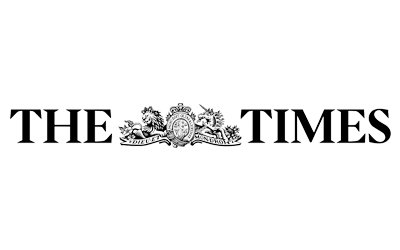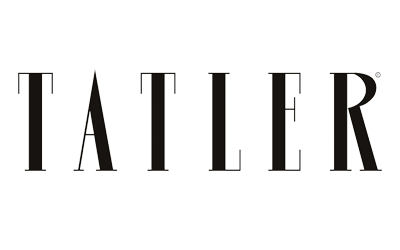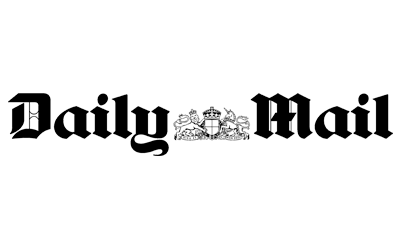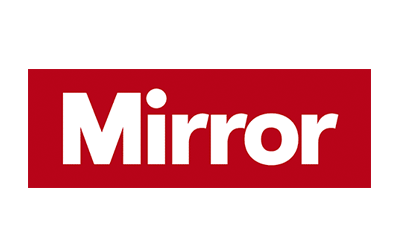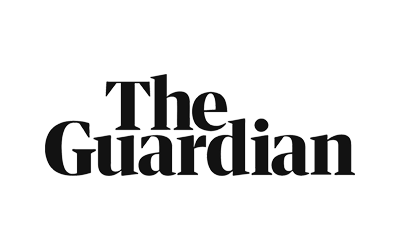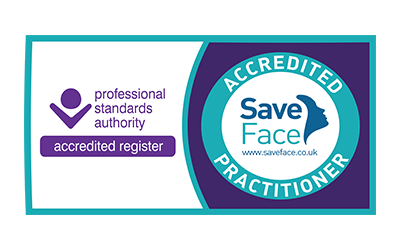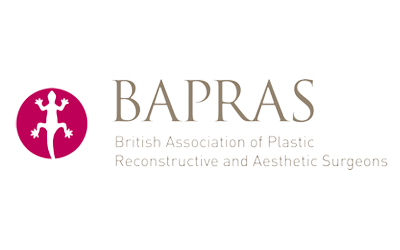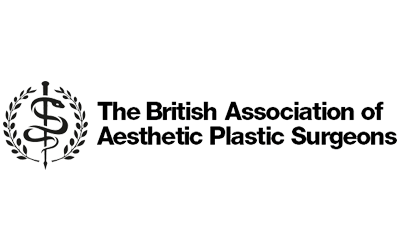As you age, the effects of gravity, exposure to the sun and the stresses of daily life begin to take their toll on your face. Deep creases can form between your nose and mouth; your jawline can grow slack and jowly and loose skin and fat deposits appear around your neck. This can often make you feel like you’re ‘not yourself’ when you look in the mirror.
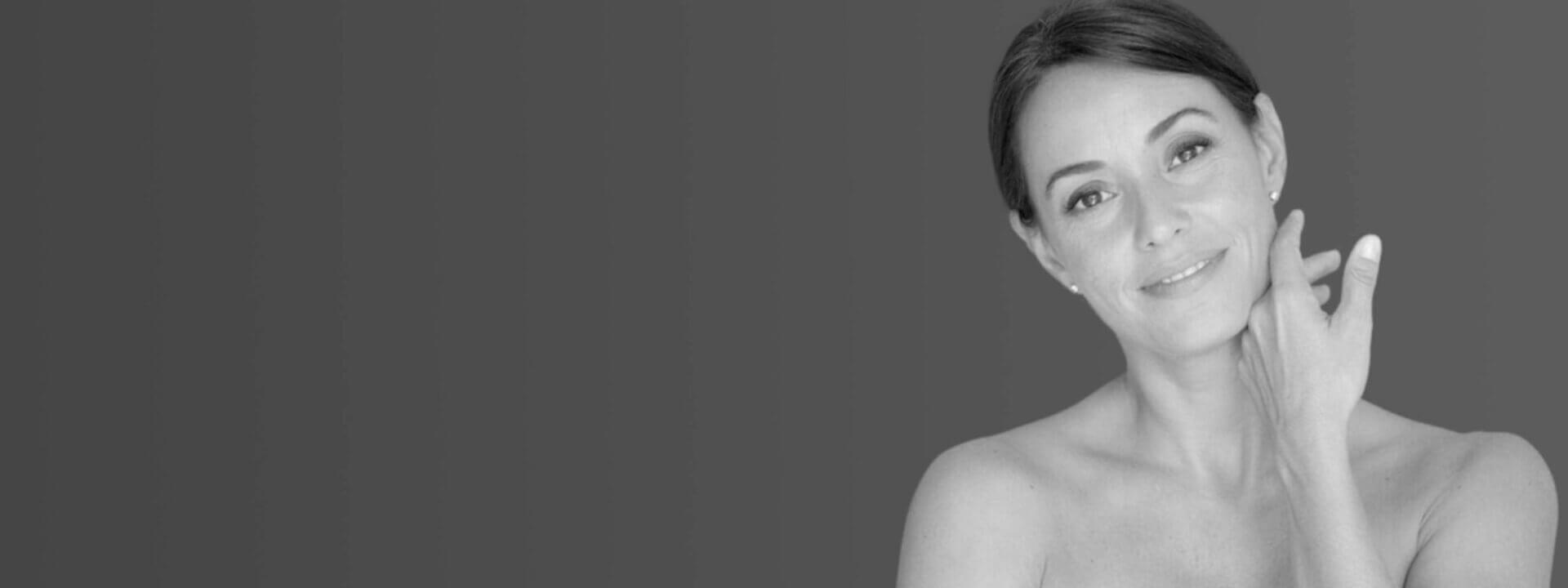
Neck Lift & Facelift Surgery
At our world-class plastic surgery clinic in London

Experience
Surgeons with over 20 years experience

Close contact
Open communication at all times

Support
Your wellbeing is our priority

IMPROVE YOUR MOST VISIBLE SIGNS OF AGEING
IS IT TIME TO CHAT ABOUT A NECK AND LOWER FACELIFT?
A facelift is a surgical procedure performed to improve the most visible signs of the ageing process, by eliminating excess fat, tightening the muscles beneath the skin of your face and neck, and removing any sagging skin. This procedure is often performed in conjunction with another surgery (such as eyelid or forehead). The type of facelift procedure most effective for you will be discussed with your surgeon during a consultation at our clinic in St. John’s Wood, London. It’s all about the outcome: for inspiration, take a look at our lower face and neck lift before and after images which highlight our exceptional results.
THE BENEFITS OF YOUR NECK LIFT AND LOWER FACELIFT AT KARIDIS CLINIC
✔ Boost your self-confidence: get your ‘old self’ back
✔ Ensure your result is natural looking: your surgeon will use experience and skill
✔ Enjoy VIP care: we look after you with five-star consultancy and aftercare
✔ A bespoke service: we treat you as an individual
✔ Secure your peace of mind: our skilled surgeons are highly experienced
✔ Combine treatments: we have a team of expert surgeons
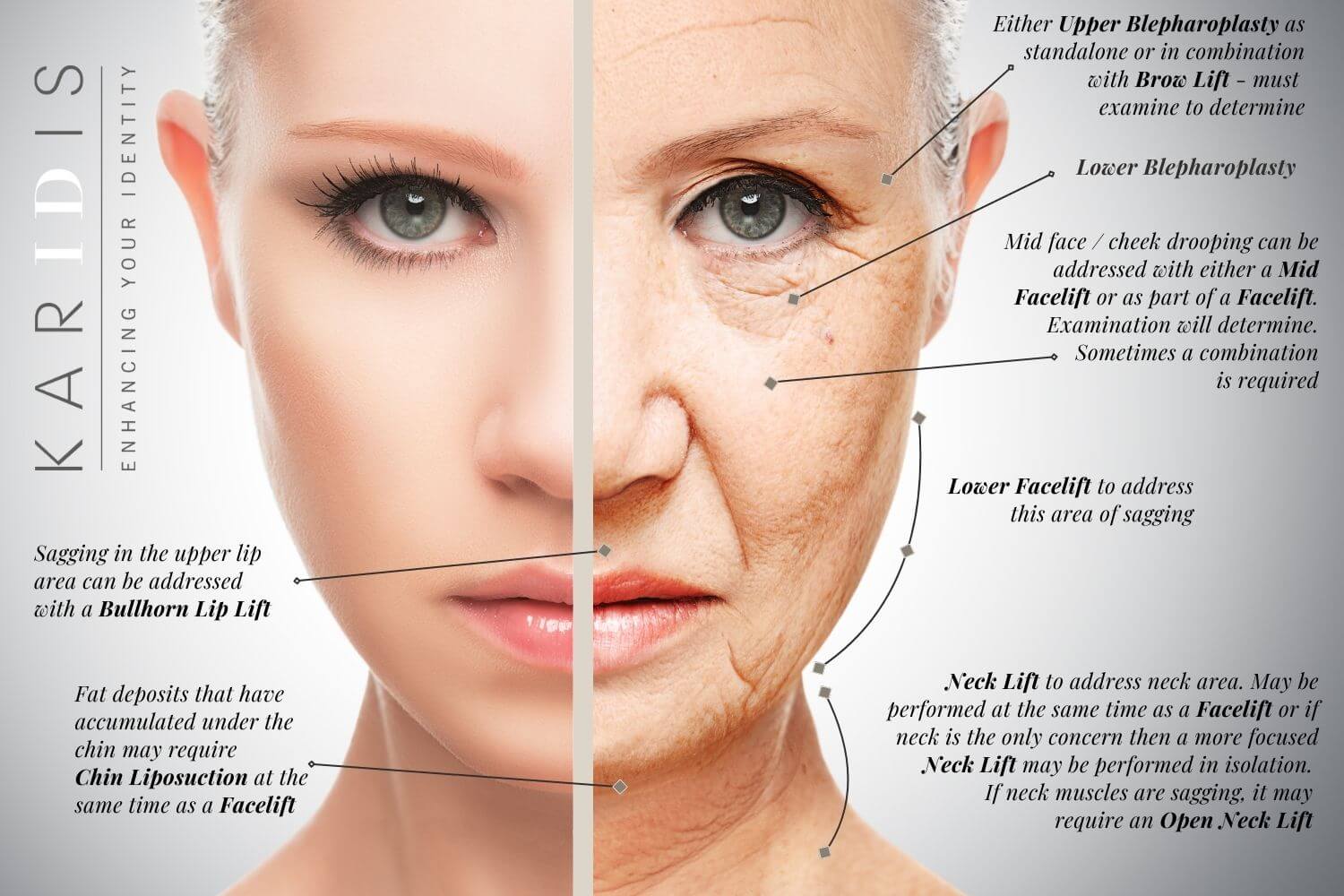
Facial Rejuvenation Procedures at Karidis Clinic
Quick Reference

Duration
2 - 3 hours

Driving
1 week

Anaesthesia used
General anaesthesia

Hospital Stay
1 night

Exercise
6 weeks

Final Result
6 - 9 months

Pre admission tests
Blood tests, MRSA, +/- ECG

Addresses
Sagging jawline and neck

Downtime
2 - 3 weeks
What our clients say about us
Patient Stories
Karen
Facelift
“As the weight melted away, I harboured great expectations for life after obesity. I was convinced that my dramatically altered appearance would unveil a new, beautiful me. But the rapid weight loss combined with lack of exercise (due to obesity-related osteoarthritis) left me with an unnaturally aged face, complete with sagging skin, deep lines and droopy eyes.”
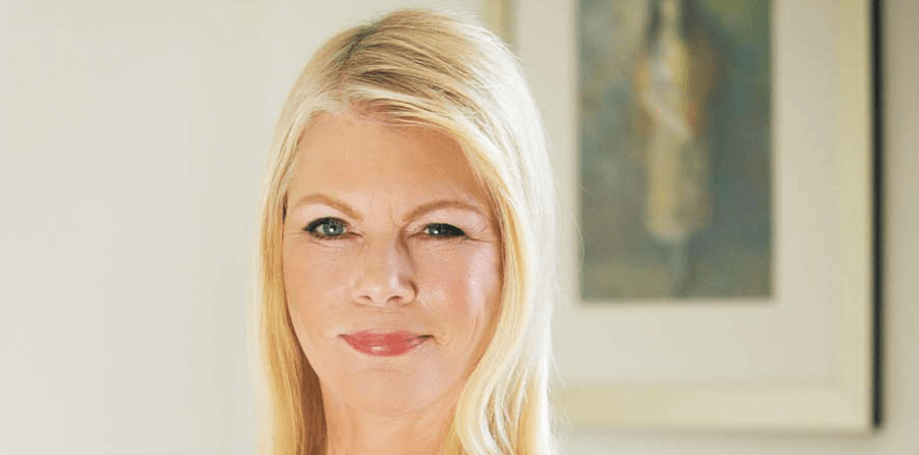
Our neck lift and lower facelift surgeon
What to expect from your procedure
Some key information for what to expect in the lead up to, and during your procedure can be found below. We ensure our patients have all the support they need but if you do have further questions these will be addressed at your initial consultation.
The consultation
Before you undergo any plastic surgery procedure at Karidis Clinic, you will have a consultation and a pre-operative assessment with your plastic surgeon. They will listen carefully to your concerns and what you expect to achieve and discuss which procedure, or combination of procedures, is appropriate.
At this stage, they will also ensure you are fully aware of the potential risks and complications inherent in that specific procedure and explain to you what you can expect immediately after surgery, throughout the recovery process, and when you will likely see the final results.
During the pre-operative assessment, the surgeon may take measurements of the area to be operated on and assess your skin tissue quality and the degree of skin laxity. The position of the incisions will also be decided upon.
A full medical history will be taken to ensure you are fit and well and can undergo surgery at this time.
After the initial consultation, there will be a two-week ‘cooling-off’ period before you can decide to proceed with surgery. You are welcome to return for further consultations with your Karidis Clinic surgeon, free of charge, if you have more questions.
Leading up to the procedure
If you make the decision to proceed with surgery, you’ll be given advice on how best to prepare for your operation, and you will have a dedicated Patient Coordinator who can answer any queries you may have.
Any pre-surgery tests can occur at the Hospital of St John & St Elizabeth, a leading London private hospital where Karidis Clinic is based. The hospital has recently built a new wing including a diagnostic department with the latest X-ray, MRI, CT and ultrasound technology.
We advise patients to stop smoking as soon as possible as nicotine acts as a vasoconstrictor, which impedes the flow of oxygen-rich blood to the surgical site. This can slow down healing, increase the chance of infection and even cause tissue to die. Smoking also increases the risks of a general anaesthetic, and smokers are more likely to suffer ill effects from an anaesthetic.
You will also be advised when to discontinue taking aspirin or other blood-thinning medication in advance of your operation. You will be asked to fast six hours before surgery.
On the day
All Karidis Clinic procedures are performed at the Hospital of St John & St Elizabeth. When you arrive, you’ll be greeted and taken to your stylish and luxurious private room with its spacious ensuite bathroom.
The nursing team will take your blood pressure and relevant vitals, and you will see your Karidis Clinic surgeon, who will make the final mark-ups. Our anaesthetist will also visit you.
Clinical photography will be taken to assist in your care and to enable clinical assessments to be made. These become part of your confidential medical record. These include photographs of the operation site and any distinguishing features and will be taken pre-op and post-op.
Your procedure will be performed under a general anaesthetic, and once the surgeon has sutured the incision site, you will be taken to a specialist recovery room.
Treatment recovery
Once the hospital nursing team has ensured your recovery is complete, you will be taken to your hospital room for your overnight stay. The hospital nursing team will be on hand throughout the night, and you will be fitted with compression stockings and a compression device if required.
The following day, you will be visited by your Karidis Clinic surgeon or nurse and then discharged into the care of a friend or family member by the hospital nursing staff.
The pain and discomfort experienced after surgery are unique to the individual patient and the extent of their procedure. However, it should start to subside in the first week and should be easily managed with over-the-counter painkillers.
If necessary, you’ll be advised to wear a specially designed surgical support garment for approximately six weeks after surgery to support you during the healing process.
Depending on the nature of your job, you can usually expect to be able to return to work and normal activities between one to two weeks.
You’ll be given a comprehensive plan for the recovery process, including dates for your cast or suture removal and your check-ups with your Karidis Clinic surgeon. However, we are always on hand throughout this period, and you have access to our dedicated surgical nurse 24/7 if you have any concerns.
How much does a neck and lower facelift cost?
Your neck lift and lower facelift surgery will require the skill of your specialist surgeon, the hospital theatre team, an anaesthetist and the safety and care provided by your hospital team and setting.
Our fees for the day of your surgery include all of these as well as telephone access to a dedicated patient journey app and post-operative nurse once you are home. The price also includes all of your pre-operative and post-operative care and you can call us or come to see us as many times as you like with your questions relating to this procedure. We also give you access to our Practice Coach who will help you through your journey and prepare you for a successful and speedy recovery.
Should you require additional care we can offer that too and factor in everything that you need to make your journey the smoothest and the best for you. Let us know what you need and we’ll give you a detailed quotation after you have seen your surgeon and discussed exactly what you need at your consultation.
For more information on what our surgical fees cover, please click here.
FAQS FOR NECK LIFT AND LOWER FACELIFT
WHAT WILL MY NECK LIFT AND LOWER FACELIFT LOOK LIKE?
A facelift can reverse signs of ageing and dramatically soften your facial contours and lines, however, it won’t erase permanent skin creases. The use of non-surgical treatments such as injectable dermal fillers, Botulinum toxin, Ultherapy and other skin treatments can complement and refine the results of your surgery or be used to maintain the best results. After all, “a facelift sets the clock back, but does not stop it ticking” – Alex Karidis.
AM I SUITABLE FOR A NECK LIFT AND LOWER FACELIFT?
During the consultation with your surgeon, you’ll discuss your general medical history and your surgeon will determine your individual suitability. Issues that may cause problems with your surgery such as uncontrolled high blood pressure, blood clotting problems, or a tendency to form excessive scars may be identified and discussed.
If you’re a smoker, you’ll be asked to stop smoking well in advance of surgery as well as for a period after the operation (generally four weeks before and four weeks after). Smoking seriously constricts your blood vessels, decreasing your blood flow to a given area, which will result in poor healing and adverse scarring. Aspirin and other medications should also be avoided as they can cause an increase in bleeding.
Generally, the best candidates for a facelift are those who still possess good skin elasticity, and who are showing signs of sagging on the face and neck area and are within their normal weight limits. Most patients who seek this procedure are usually over 40 years old, however, it’s not uncommon to treat younger patients who are looking to maintain a youthful appearance.
ARE ALL LOWER FACELIFTS AND NECK LIFTS THE SAME?
No, there are many different types of facelifts for you to consider. The classical (skin-only) facelift has undergone several modifications over the years to improve the overall results and to give a longer-lasting effect. These modifications not only lift the skin but now also address the underlying structures (i.e. muscles or SMAS), which are equally subjected to the effects of the ageing process.
The SMAS facelift is one that is favoured by many competent surgeons, although there are now many variations of even this procedure. These are the extended SMAS lift, Composite facelift and Subperiosteal facelift, Lateral SMAS lift, all of which can be tailored to suit individual needs. But the most important take-home message here is that these types of operations will give you the most long-lasting results and the most natural look.
HOW LONG WILL MY LOWER FACELIFT AND NECK LIFT LAST?
Everyone has different skin and muscle tissue quality. But the results of a properly performed facelift are generally permanent in the sense that although it’ll not stop the clock and subsequent ageing, any improvement you get will mean that you’re much better off than you would have been.
The quality of your skin tissues will, of course, help to maintain the results of a facelift, so if you have a good amount of elasticity in your skin, your facelift will tend to last much longer than a patient who has lost a lot of elasticity. Think of it like a rubber band: a rubber band will become brittle and less elastic. Pulling on this excessively will result in the band snapping, whereas a fresher rubber band has the ability to stretch and recoil much better than one that has been weathered over time.
Another way you can look at the lasting effects of a facelift is to imagine you have an identical twin. If you were to have a facelift and your twin sister or brother did not, in ten years’ time you’ll look better than your twin. So again in that sense, the effects and benefits of your facial surgery will be permanent.
WHAT WILL MY SCARS BE LIKE AFTER A LOWER FACELIFT AND NECK LIFT?
Our surgeons strongly believe that your scars following a facelift should be as well hidden as possible to not be noticed or compromise your hairstyle. Your surgeon’s techniques will revolve around this philosophy; minimising scars, yet maximising the results of your surgery.
A scar will obviously form at the incision sites. These are situated from the top of your ear within your hairline and run down over the natural crease in front and within your ear returning around behind your earlobe and up the back of your ear. Sometimes it may be necessary to add an incision under your chin, however, this will be discussed.
Scars are always red and slightly lumpy in the first few months following a facelift. Light makeup applied over the scars in the early period will help hide them. It’s impossible to predict how any individual’s scar will appear. However, occasionally behind the ears, and rarely in front of them, scars of certain skin types can stretch or become lumpy.
These skin types cannot be identified prior to surgery. However, these can easily be hidden by longer hairstyles but may become visible if the hair is cut short or lifted. Very occasionally a small bald strip can also develop adjacent to the scar that is situated above the ear in the temple area.
Generally speaking, the incision used for both men and women is the same. The only thing that differs is the incision on men courses down in front of, rather than within the ear, and then continues, as in women, around the earlobe and up behind the ear before curving back into the hairline of the neck. However, although as mentioned scars are unpredictable, the vast majority of patients operated by our surgeons don’t experience problems with their scars.
As a result of careful planning and meticulous technique, your surgeon’s aim is to preserve your ability and right to be able to put your hair up comfortably without worrying about your scars in front or behind your ears being visible, yet still also giving you the best result.
ESSENTIAL INFORMATION FOR CONSIDERING PLASTIC SURGERY
Related surgeries and treatments we offer
Mr Alex Karidis performs plastic surgery aimed at rejuvenating the face, reshaping the body or enhancing the breasts. “I offer the full range of procedures because I have the breadth of training required. Having performed over 20,000 procedures over the last 25 years, our patients get the absolute maximum in terms of expertise.
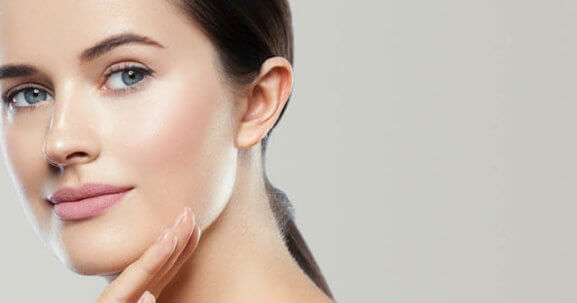
Chin, neck and jawline liposuction
Do you feel that your chin, neck and jawline are at odds with the rest of your body? You might find that you can lose weight in other areas through diet and exercise, but stubborn fat pockets remain under your chin.
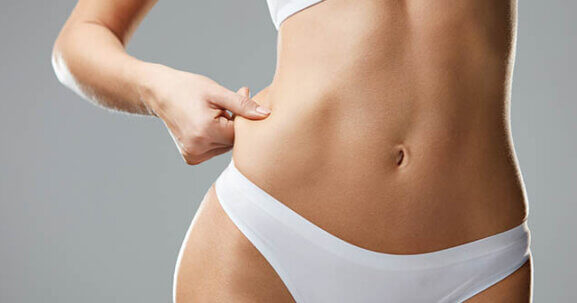
Micro-liposuction
Micro-liposuction (aka MicroLipo or micro-lipo) removes localised fat deposits very precisely using tiny cannulas — much smaller in size than traditional liposuction
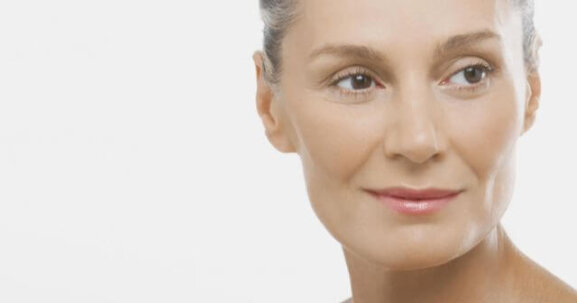
Facelift
A facelift (rhytidectomy) is a surgical procedure that can improve the most visible signs of the ageing process by eliminating excess fat, tightening and elevating the muscles beneath the skin of the face and by removing or repositioning sagging skin.
Related posts and expert insights
Here at the Karidis clinic, our blog is updated regularly to provide you with the most recent trends and insights in the industry. Stay informed by reading our blog articles related to neck lifts and lower face lifts.
Give us a call to book a consultation
